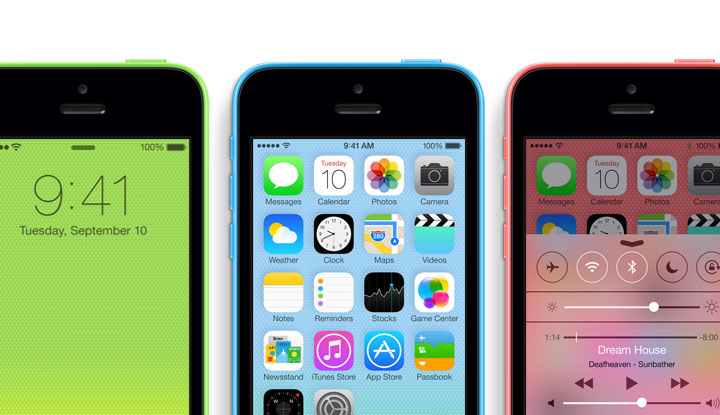Businesses, large and small, cannot neglect the power of connecting with customers. There are various ways to keep your brand top of mind for consumers. One of them is by developing and distributing a mobile app.
By definition an app, “an application (or app) is a type of software that allows you to perform specific tasks. Applications for desktop or laptop computers are sometimes called desktop applications, and those for mobile devices are called mobile apps.”
Not only can an app help your small business with brand building, it can also provide a better and more rich product or service experience.
There are various reasons why your company may want to create an app. For example, some businesses use apps as an extension of their business. Others may want to develop an app as a main product or service. Whatever the reason, here are ten common app development mistakes every small business owner should avoid.
-
Underestimating costs.
Do you have a clear idea about what are the various costs involved with building an app? Here are few costs to consider: UI Design Cost (one time fee), App Development Cost (one time fee), Apple / Google Play Developer License Cost (recurring annual cost) , App Marketing Cost (recurring cost), App Maintenance / Upgrade Cost (recurring cost), etc. Failure to understand and estimate costs can lead to headaches down the road. Avoid this by carefully estimating app development costs.
-
Cutting corners to save money.
Never try to save money by shopping for cheap and inexperienced UI (user interface) designer or programmer. Money spent on UI design and programming is an investment. If you try to save $1 in UI design and programming, you will likely end up spending $10 in marketing. So, try to get the best your money can buy for these two app development aspects.
-
Neglecting social media.
Make sure you have social media accounts (i.e. Facebook, Twitter, Google Plus, etc.) integrated in your app. Social media enhances your power to spread the word about your app. Any money spent here is money you’ll save in marketing.
-
Ignoring customer preferred OS.
It’s important to know which platforms are being used by your target users. For example, if 80% of your customers own an iPhone (i.e. Apple OS), then it makes little sense to also develop an Android app — at least not initially when you are looking to recover your development cost.
-
Unclear on app monetization.
Some businesses think, “Everyone in my industry is making an app, so I should also make an app.” Wrong conclusion. If you don’t have a clear idea about how an app is going to help your business make money, then you will regret your decision to create the app. Will your app be free, with an ad-based model, or will it be a paid app? Will your free app be made available with an in-app purchase? Think about monetization before you get started.
© YFS Magazine. All Rights Reserved. Copying prohibited. All material is protected by U.S. and international copyright laws. Unauthorized reproduction or distribution of this material is prohibited. Sharing of this material under Attribution-NonCommercial-NoDerivatives 4.0 International terms, listed here, is permitted.




